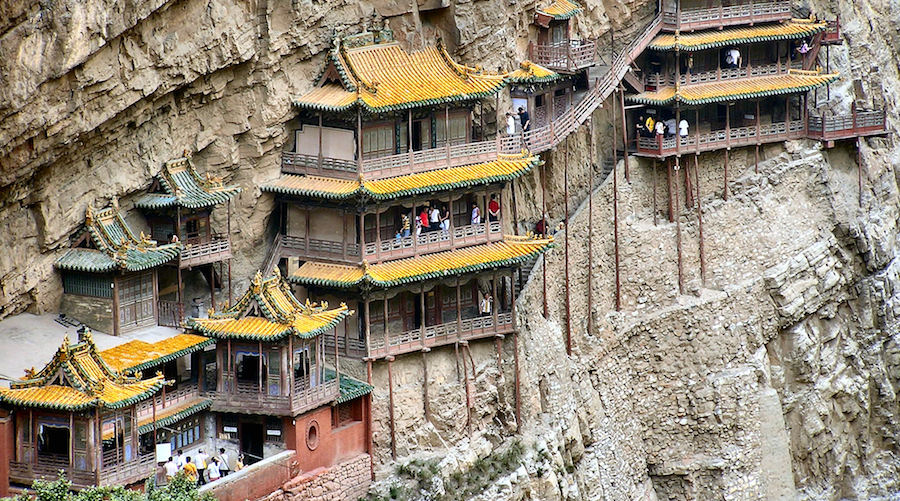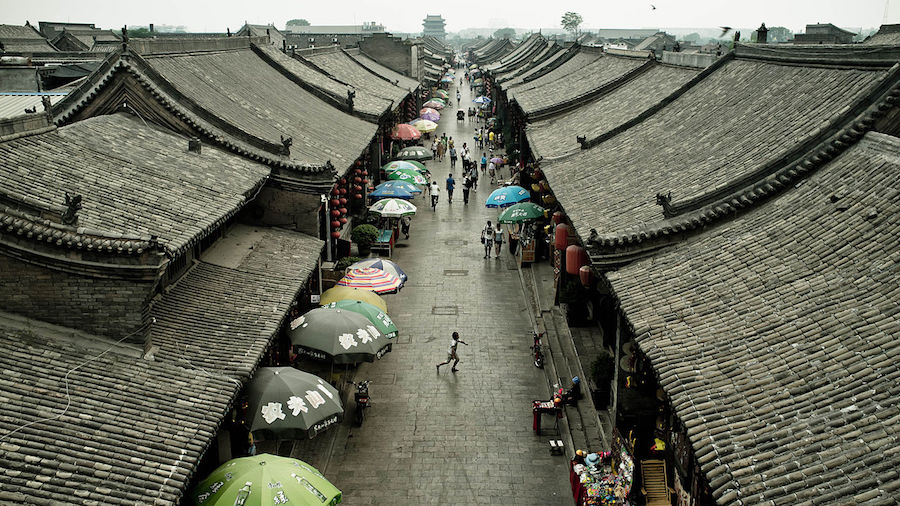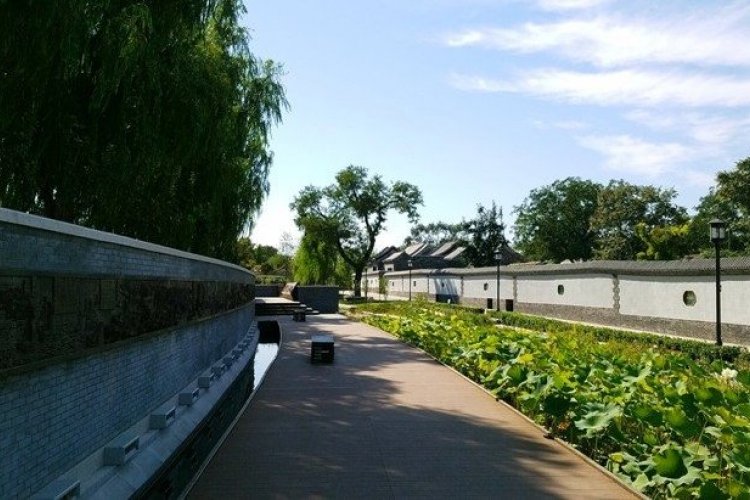Get Out: Explore the UNESCO-Listed Wonders of Shanxi Province Just an Hour from Beijing
Thinking about where in China to explore next? Consider adding Shanxi Province to your bucket list. History and culture buffs and fans of the great outdoors alike will find plenty to enjoy in this fascinating province, which just happens to be close enough to Beijing for a (long) weekend away.
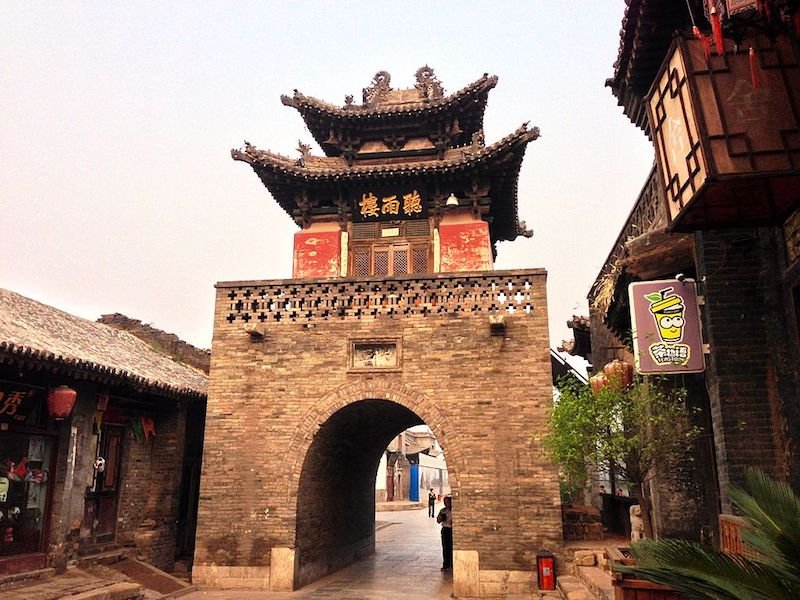
Located in the heart of central China, Shanxi has an area of 156,000 square kilometers and a population of more than 36 million. It is also home to two world-renowned symbols of China – the Great Wall and the Yellow River – both of which run through the province. Shanxi is considered to be the cradle of Chinese civilization and was the home of China’s first dynasty, the Xia dynasty.
Shanxi is well connected to China and the rest of the world by seven airports offering 19 international flight routes to 10 countries around the world. For those a little closer to home, cities across Shanxi are connected to Beijing by an extensive network of highways and high-speed trains; for example, the capital city of Taiyuan and the cultural hub of Datong are just over a one-hour flight away, while the historic walled city of Pingyao is just four and a half hours away by train.
Once you’ve made it to Shanxi Province, what should you see?
History and Heritage
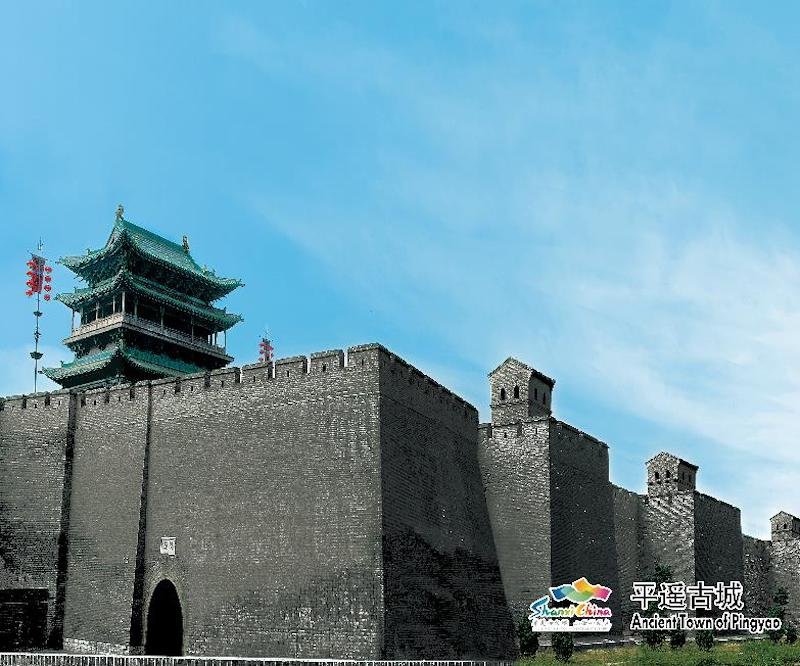
The walled city of Pingyao in central Shanxi is perhaps the Province’s most famous attraction. The ancient city, whose history dates back more than 2,500 years, is a UNESCO World Heritage Site and still retains the same layout and architecture as the Ming and Qing dynasties. Pingyao was the financial capital of the Qing dynasty and is the site of China’s first bank, the Rishengchang Exchange Shop.
Northern Shanxi is also famous for its ancient architecture and religious culture. The small city of Datong is the perfect base for exploring stunning sights like the UNESCO World Heritage-listed Yungang Grottoes, home to thousands of Buddhist statues from as early as 1,500 years ago, and the mysterious Hanging Temple, built high on the side of a precipitous cliff, which is the only remaining temple in China that combines Confucianism, Buddhism, and Taoism.
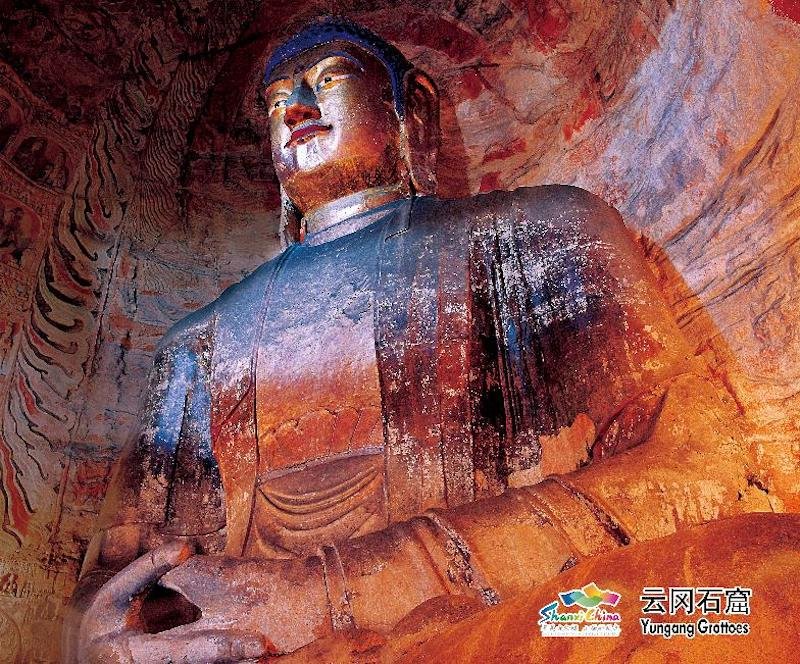
Religion and Ritual
The Hanging Temple is not the only important religious landmark in Shanxi Province. Around 50 kilometers away from Taiyuan, the Xuanzhong Temple is thought to be one of the birthplaces of the Pure Land sect of Buddhism. Southern Shanxi is an equally holy place for Chinese diasporas seeking their ancestry and origin. The southern Shanxi city of Yuncheng is the hometown of Guan Yu, a legendary historical figure that is worshipped by Chinese people across the world as the god of fortune and protection, and the location of the world’s largest Temple to Guanyu.

Natural Wonders
Religion and the great outdoors meet at Wutai Shan, one of the four sacred mountains of Chinese Buddhism and the highest point in northern China. Wutai Shan is the home of the Bodhisattva of wisdom and is a popular pilgrimage destination for Buddhists; you can visit some of the 53 monasteries dotted around the area while you are hiking. Of course, no hiking fan should miss the opportunity to hike on the Great Wall and there are many sections in northern Shanxi Province, including the strategically important Yanmen Pass and the Guguan Great Wall, the only well-preserved stone Great Wall.

Finally, the Hukou Waterfall is the second largest waterfall in China and the only yellow waterfall in their world. Thanks to the majesty and power of the scenery, the waterfall was printed on the fourth series of the RMB 50 banknote.
When to Visit
Shanxi has a similar climate to Beijing – hot in summer and very cold in winter – and the best time to visit is in spring or fall when the temperature is pleasant. Try to catch one of the province’s tourism festivals, such as the Pingyao International Photography Exhibition, which falls in September, or Mount Wutai International Cultural Tourism Month.

On Oct 28, 2017, Shanxi Tourism Development Committee, together with their partners China Horizon Travel and CIM Continental International Moving, organized a cocktail reception at China World Summit Wing in Beijing to promote tourism in the province. More than 200 people from 36 countries attended the event on behalf of embassies, chambers of commerce, foreign companies and associations, and international schools around Beijing. Mr. Wang Lin, deputy director of the Shanxi Provincial Tourism Development Committee, introduced different scenic spots in the province and extended a warm welcome to people from around the world to visit Shanxi. During the event, the guests enjoyed a wide variety of performances demonstrating the unique culture of Shanxi, including an acrobatics show, a tai chi show, and a drum beating performance, and also sampled some of the province’s delicious cuisine, most notably handmade knife cut (daoxiao) noodles.


For more information about tourism in Shanxi, visit shanxichina.gov.cn.

This post is paid for by Shanxi Tourism Development Committee
Photos: Wikimedia, Baidu Baike, courtesy of Shanxi Tourism Development Committee

